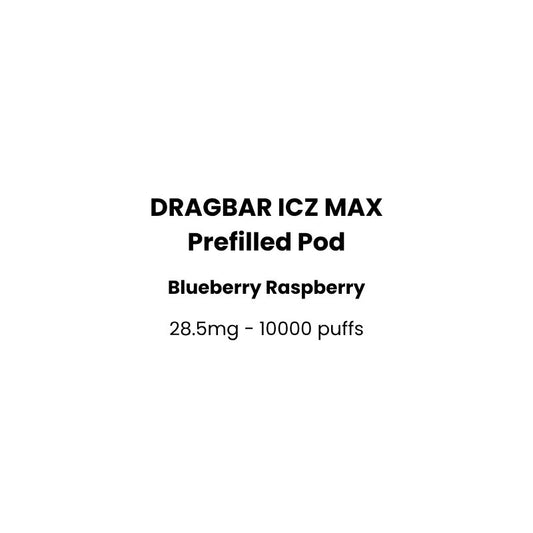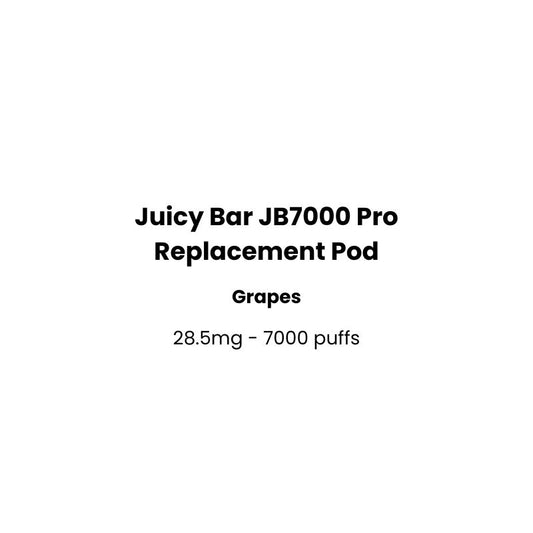Vaping to Quit Smoking: Safer Alternative or Risk for Youth?
This article is for informational purposes only and is not intended as medical advice. 18+ article and for adult smokers only.
Over the past decade, vaping has become one of the most talked-about trends in New Zealand’s journey toward a Smokefree Aotearoa. For many adults, vaping represents hope for a cleaner, less harmful way to break free from cigarettes. But for others, especially parents and educators, it has sparked concern as more young people experiment with e-cigarettes.
As vaping continues to evolve, so does the conversation. Is it really a helpful tool for quitting smoking, or a growing problem among youth? And how do you know if the vaping device you’re using is safe and regulated?
This article explores vaping as an alternative to smoking, the rise of youth vaping in New Zealand, and what every consumer should know about vape safety and regulation.
Vaping as a Way to Quit Smoking
Traditional cigarette smoking has been declining steadily across New Zealand for years. According to Te Whatu Ora, this decline is largely due to strong public health policies, better awareness, and the growing availability of smoke-free alternatives, especially vaping.
How vaping works
Vaping devices, or e-cigarettes, heat a liquid (known as e-liquid or vape juice) into a vapour that users inhale. Unlike traditional cigarettes, there’s no tobacco combustion, which means no tar and far fewer of the 7,000 harmful chemicals found in cigarette smoke.
For many smokers, vaping mimics the sensory and behavioural habits of smoking — the hand-to-mouth motion, the throat hit, and the nicotine satisfaction without exposing them to as many toxic substances.
Vaping for harm reduction
Te Whatu Ora and other health organisations recognise vaping as a harm reduction tool, meaning it’s not entirely harmless, but considerably safer than smoking. Studies show that people who switch completely from smoking to vaping can significantly reduce their exposure to harmful chemicals.
According to a 2023 Cochrane Review (a global leader in evidence-based health research), people using e-cigarettes are twice as likely to successfully quit smoking as those using traditional nicotine replacement products like patches or gum.
For adults who’ve struggled to quit through other means, vaping can be a practical step toward a smoke-free life as long as it’s done responsibly and with regulated products.
Reference:
- [Te Whatu Ora Vaping Information for Stop Smoking Services]
- [Cochrane Review – Electronic Cigarettes for Smoking Cessation (2023)]
Youth Vaping in New Zealand
While vaping helps many adult smokers quit, it’s also become a growing concern among young people. Over the past few years, schools and health authorities have reported more frequent vaping among teenagers, some of whom never smoked cigarettes in the first place.
What the numbers show
According to the ASH Year 10 Snapshot 2024, daily vaping among 14 and 15-year-olds has slightly declined compared to its peak in 2021, but remains significantly higher than pre-2018 levels. The same report highlights an encouraging trend: teen smoking rates have reached historic lows, showing that fewer young people are taking up cigarettes.
However, this shift comes with a trade-off: some teens are replacing one nicotine source with another.
Why are young people vaping?
There are a few common reasons young people are drawn to vaping:
- Curiosity and peer influence, such as seeing friends or social media influencers vape, can make it seem normal.
- Flavour appeal: sweet or fruity flavours make vaping more attractive to younger audiences.
- Perceived safety, many youth believe vaping is harmless compared to smoking.
Public health experts stress that while vaping is safer than smoking, it’s not meant for non-smokers or young people. Nicotine can still affect adolescent brain development and lead to long-term dependence.
Government regulations and response
The New Zealand Government has tightened vaping regulations to protect youth while keeping vaping available for adult smokers. The key measures include:
- Age restrictions: Selling vape products to anyone under 18 is illegal.
- Flavour and packaging controls: Only approved flavour names (like “mint,” “tobacco,” or “berry”) can be used to reduce youth appeal.
- Disposable vape limits: Disposable vapes are being phased out due to stricter safety and environmental regulations.
- Advertising restrictions: Vape advertising and in-store displays are heavily limited.
These changes aim to keep vaping accessible as a quitting tool but out of the hands of young people.
References:
- [ASH Year 10 Snapshot 2024 – Youth Vaping in NZ]
- [NZ Ministry of Health – Vaping Regulation Updates]
- [CDC – Youth Vaping Data 2024]
Vape Device Safety and Regulations
As vaping becomes more popular, safety and regulation are essential. Not all vape devices or e-liquids are created equal, and unregulated products can pose real risks.
That’s why New Zealand has implemented strict laws to ensure that only safe, high-quality vaping products are available on the market.
Legal framework
Under the Smokefree Environments and Regulated Products (Vaping) Regulations 2021, all vape products must be notified and approved by the Ministry of Health before being sold in New Zealand. This includes devices, e-liquids, and disposable vapes.
Retailers and importers are legally required to follow these regulations, and consumers should only purchase from trusted sellers who stock compliant products.
Key safety requirements for vape products
If you’re considering vaping, here’s what to look for to ensure your device meets New Zealand safety standards:
1. Child safety features
Devices must include safety mechanisms such as multi-step activation (like pressing a button five times to turn on) and automatic shut-off features to prevent misuse.
2. Nicotine strength limits
- Freebase nicotine: up to 20 mg/mL
- Nicotine salts: up to 28.5 mg/mL
These limits prevent dangerously high nicotine exposure.
3. Proper labelling and health warnings
Every product must clearly display its nicotine strength, ingredients, and warning labels in both English and te reo Māori.
4. Traceability and quality control
Vape products must include batch or serial numbers, allowing authorities to track and remove unsafe or counterfeit items from the market.
5. Notification and registration
Only products listed on the Ministry of Health’s approved product database can legally be sold in New Zealand.
Why this matters
Choosing a regulated vape device is about more than compliance; it’s about safety and trust. Regulated products meet specific quality standards, use verified ingredients, and are regularly checked for accuracy in nicotine content and labelling.
This system ensures that adults using vaping to quit smoking have access to reliable, safe products, not cheap imports that could cause harm.
References:
- [Smokefree Environments and Regulated Products (Vaping) Regulations 2021]
- [Te Whatu Ora Regulatory Guidance for Vaping Products]
FAQs About Vaping and Smoking
Is vaping safer than smoking?
Yes, vaping is considered significantly less harmful than smoking because it doesn’t involve burning tobacco or producing tar. However, “less harmful” doesn’t mean “harmless.” The safest option remains to quit nicotine entirely.
Can vaping help me quit smoking?
Research, including the Cochrane Review (2023), shows that e-cigarettes can be more effective than nicotine patches or gum for quitting. For best results, use vaping as a temporary aid while gradually reducing nicotine strength.
Are vaping products regulated in New Zealand?
Yes. All vape products sold legally in New Zealand must be notified and approved by the Ministry of Health under the Smokefree Environments and Regulated Products Act 2021.
How common is youth vaping in NZ?
According to ASH NZ’s 2024 report, daily youth vaping has slightly declined from its peak but remains an ongoing concern, particularly among non-smoking teens.
References:
- [Te Whatu Ora – Vaping Guidance]
- [Cochrane Review – E-cigarettes for Smoking Cessation (2023)]
- [ASH Year 10 Snapshot 2024]
Conclusion
Vaping continues to reshape how New Zealand approaches smoking cessation. For many adults, it’s a powerful tool that offers a safer pathway away from tobacco, helping move the nation closer to the Smokefree Aotearoa 2025 goal.
Yet the rise of youth vaping reminds us that harm reduction must go hand in hand with regulation and education. By supporting responsible retailing, enforcing strict product safety standards, and educating young people, New Zealand can strike the right balance between progress and protection.
Whether you’re a smoker considering vaping or someone looking to understand its impact, the key takeaway is simple: vape responsibly, buy only regulated products, and make informed choices for your health.


